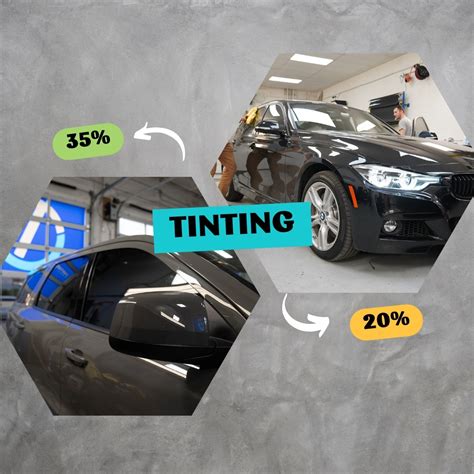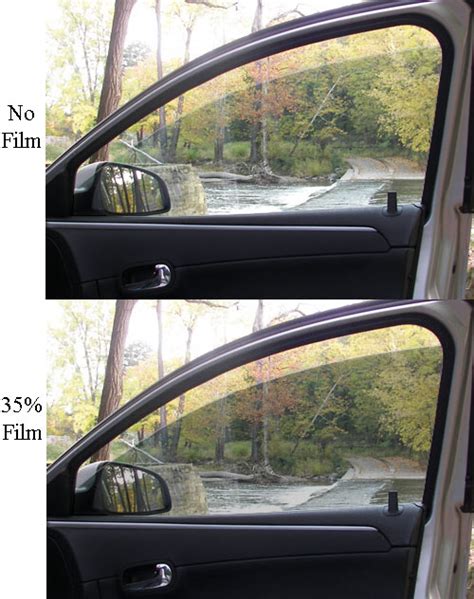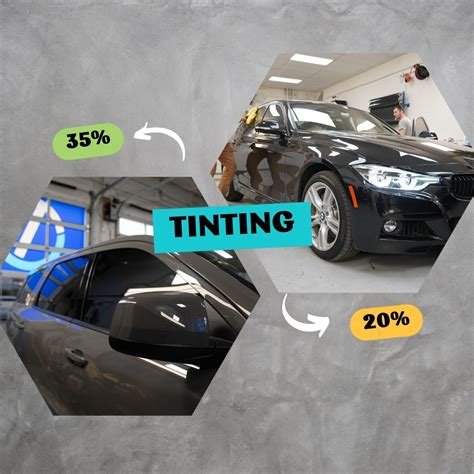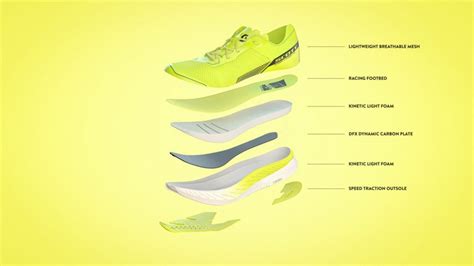The world of automotive window tinting has evolved significantly over the years, with various shades and types of tints available to cater to different needs and preferences. Among the numerous options, the 35 tint on car windows has gained popularity for its unique blend of style, functionality, and compliance with legal regulations in many regions. This article delves into the specifics of the 35 tint, exploring its characteristics, benefits, and how it compares to other tint shades, as well as the process of applying such a tint and the considerations one must take into account.
Understanding the 35 Tint

The term “35 tint” refers to a window film that allows 35% of visible light to pass through, meaning it blocks about 65% of the light. This percentage is a critical factor in determining the tint’s visibility, heat rejection, and UV protection capabilities. A 35% tint is considered medium to light and is often preferred by those who want a balance between reducing glare and heat without significantly altering the vehicle’s appearance or obstructing the driver’s view.
Benefits of the 35 Tint
There are several benefits to choosing a 35 tint for your car windows. Firstly, it provides a stylish appearance that is not too dark, allowing the vehicle to maintain its original look while still offering a hint of customization. Secondly, the 35 tint is effective in reducing the amount of heat that enters the vehicle, which can lead to a more comfortable driving experience, especially during sunny days. Additionally, by blocking a significant portion of UV rays, this tint helps in protecting the vehicle’s interior from fading and cracking due to sun exposure. Lastly, the 35 tint can enhance privacy by making it more difficult for outsiders to see into the vehicle, although it does not completely obscure the view.
| Tint Percentage | Visible Light Transmission (VLT) | Heat Rejection | UV Protection |
|---|---|---|---|
| 35% | 35% | Medium to High | High |
| 20% | 20% | High | Very High |
| 50% | 50% | Low to Medium | Medium |

Legal Considerations

Before applying any window tint, including the 35 tint, it’s crucial to check the local laws and regulations regarding window tinting. Different states and countries have varying rules about the minimum VLT allowed for vehicle windows. For example, some jurisdictions may allow a 35% tint on the sides and rear but require a higher VLT for the front windshield. Non-compliance can result in fines or the requirement to remove the tint, so it’s essential to ensure that the chosen tint is legal in your area.
Application Process
The process of applying a 35 tint to car windows involves several steps, including preparation, cutting the film to size, applying the tint, and ensuring it is properly adhered to the window without bubbles or wrinkles. This process can be done by a professional or by a DIY enthusiast with the right tools and knowledge. The key to a successful application is patience and attention to detail to ensure a smooth, bubble-free finish.
Key Points
- The 35 tint allows 35% of visible light to pass through, making it a medium to light choice.
- It offers benefits including a stylish appearance, heat rejection, UV protection, and enhanced privacy.
- Local laws and regulations regarding window tinting must be considered before application.
- The application process requires careful preparation and attention to detail for a successful result.
- The choice of tint should be based on personal preference, vehicle needs, and compliance with local laws.
Conclusion and Future Considerations
In conclusion, the 35 tint on car windows presents a compelling option for those seeking to balance style, functionality, and legality. As automotive technology and window tinting materials continue to evolve, we can expect to see more sophisticated and efficient tints that offer even better heat rejection, UV protection, and visibility. For now, the 35 tint remains a popular choice among car owners looking to enhance their driving experience without breaking the bank or running afoul of the law.
What is the primary benefit of using a 35 tint on car windows?
+The primary benefit is the balance it offers between reducing glare and heat, enhancing privacy, and maintaining visibility for the driver, all while complying with legal regulations in many areas.
Can I apply the 35 tint myself, or do I need a professional?
+While it’s possible to apply the 35 tint yourself with the right tools and knowledge, hiring a professional is recommended to ensure a smooth, bubble-free application and to avoid potential mistakes that could lead to an uneven finish or adherence issues.
How does the 35 tint compare to other shades in terms of heat rejection and UV protection?
+The 35 tint offers medium to high heat rejection and high UV protection. It falls between lighter tints, which allow more light and heat to pass through, and darker tints, which reject more heat but may obstruct visibility and could be illegal in some jurisdictions.



